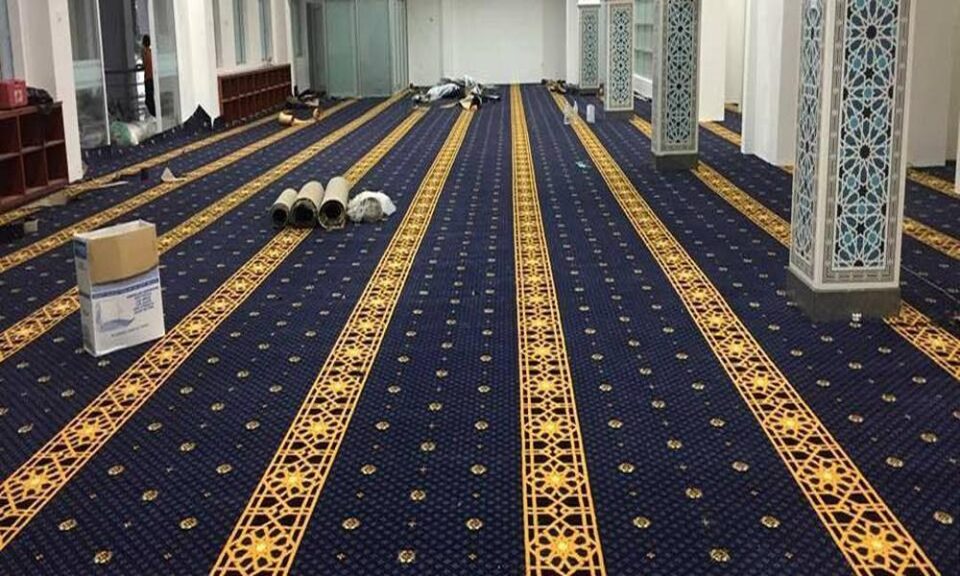Mosque carpets are an essential element of Islamic architecture and represent the rich cultural heritage of the Islamic world. These carpets are known for their intricate designs, vibrant colors, and fine quality wool that give a luxurious and welcoming feel to the worshippers.
The history of mosque carpets dates back to the early days of Islam. The first known mosque carpet was used in the Mosque of the Prophet in Medina, Saudi Arabia. This carpet was made from palm fibers and was used to provide a comfortable surface for the worshippers to pray. Later, as Islam spread to other parts of the world, mosque carpets became an integral part of mosque architecture.
The first mosque carpets were simple in design and made from locally available materials. However, as Islamic art and architecture developed, mosque carpets also evolved in terms of design and quality. The most famous mosque carpets were made during the Ottoman Empire, where skilled weavers used silk and gold threads to create elaborate patterns and motifs.
What are the Design and Patterns of Mosque Carpets?
Mosque carpets are known for their intricate and beautiful designs, which are a reflection of Islamic art and culture. The most common pattern used in mosque carpets is the mihrab, which is a niche in the mosque’s wall that indicates the direction of prayer towards Mecca. The mihrab pattern is often repeated in the carpet design, and the carpet is placed in such a way that the mihrab niche aligns with the mosque’s wall mihrab.
Other common patterns used in mosque carpets include geometric shapes, floral motifs, and calligraphy. Islamic calligraphy is an art form that involves writing the Quranic verses and other religious texts beautifully and decoratively. Calligraphy is often used in mosque carpets to create beautiful and meaningful patterns.
What is the Cultural Significance of Mosque Carpets?
Mosque carpets are not just a functional item in the mosque; they also have significant cultural and religious significance. These carpets symbolize the unity and brotherhood of the Muslim community, as worshippers pray together on the same carpet, regardless of their social or economic status.
In addition, mosque carpets are also a symbol of the Islamic world’s rich artistic and cultural heritage. They showcase Islamic art and architecture’s intricate and beautiful designs, which are a reflection of the Islamic faith’s spiritual and aesthetic values.
Mosque carpets are an integral part of Islamic architecture and represent the rich cultural heritage of the Islamic world. These carpets are known for their intricate designs, vibrant colors, and fine-quality wool that give a luxurious and welcoming feel to the worshippers. From their humble beginnings in Medina to their elaborately designed and woven forms in the Ottoman Empire, mosque carpets have evolved to become an art form that showcases the Islamic world’s rich cultural heritage.
So, what makes mosque carpets so special? How have they evolved to become an integral part of Islamic architecture? What cultural and religious significance do they hold? These are just some of the questions that come to mind when exploring the fascinating world of mosque carpets.

